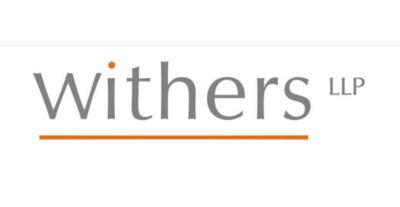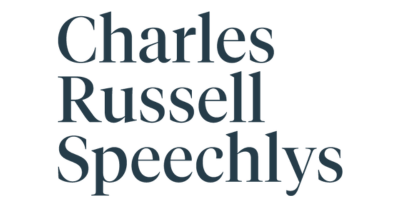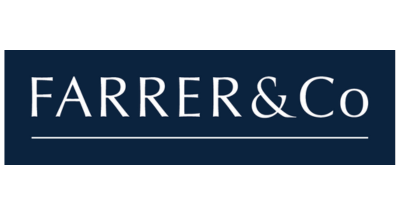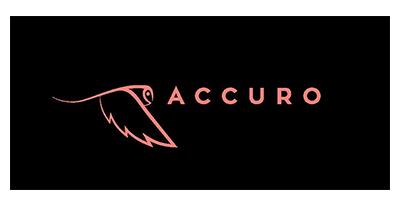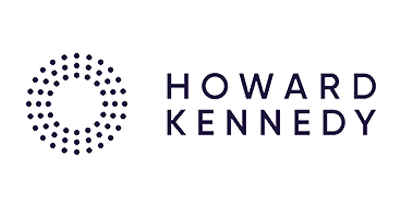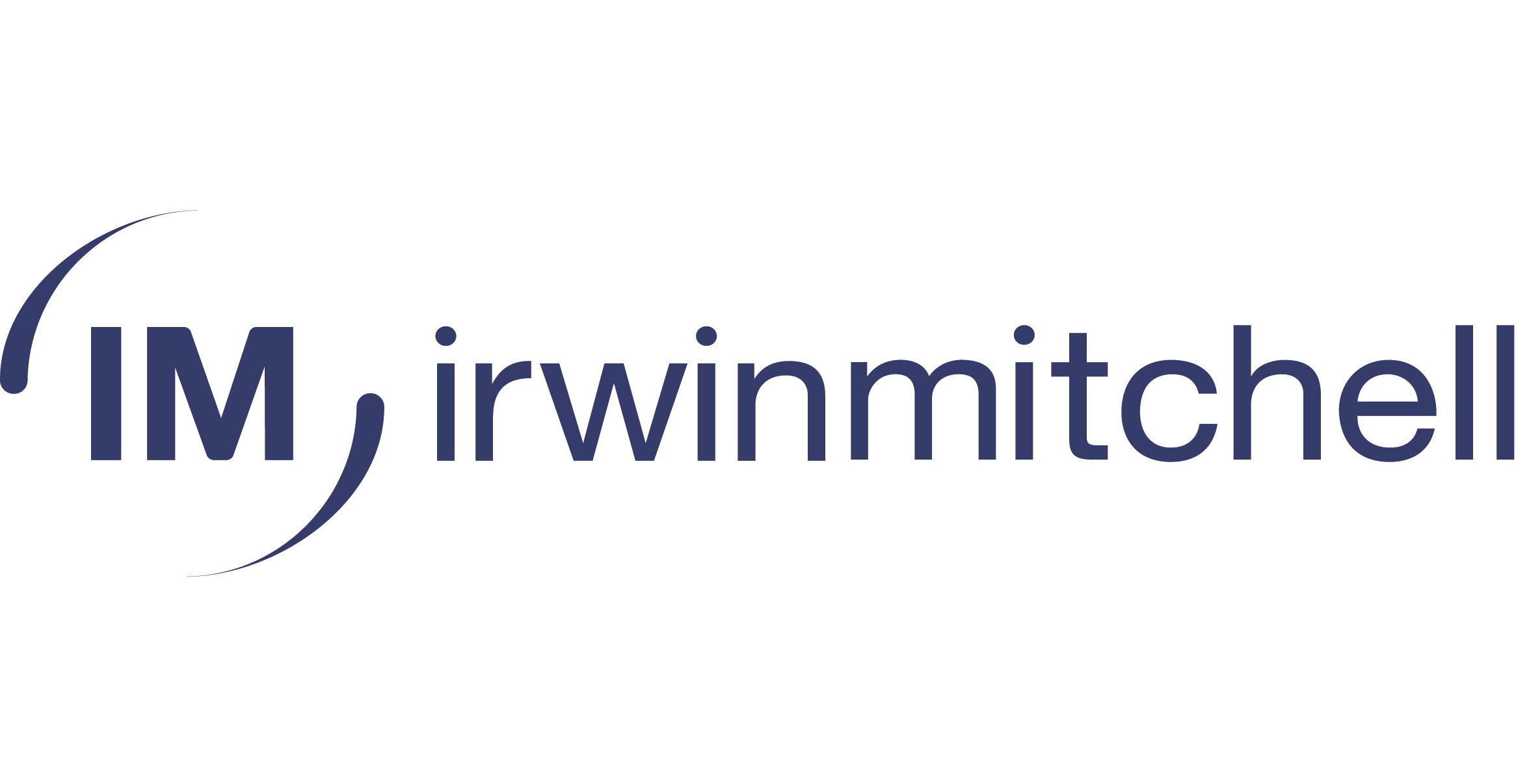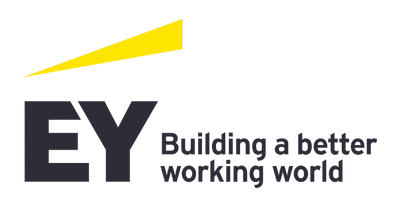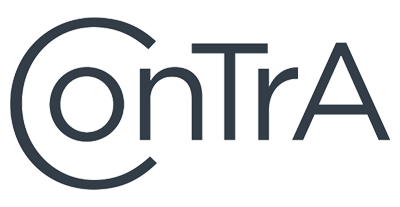Knowledge Hub
Join the Conversation!
Impartial and independent, ThoughtLeaders4 Private Client Knowledge Hub hosts cutting edge industry content and insight.
Email maddi@thoughtleaders4.com to submit content.
It’s time to adapt – the Next Generation is on their way!
Date: 15/07/2020 Type: Articles Topic: Private Client | Next Generation Wealth |It is widely publicised that economists and financial observers estimate that, over the next few decades, assets worth many trillions of dollars will pass from one generation to the next - dubbed "The Great Wealth Transfer". This passing of wealth is likely to take many forms including the transfer of individual influence over existing wealth-holding structures and as such it is clear that the fiduciary industry will experience the effects of this intergenerational change.
The Founder Generation
The typical wealth holding structure available and established 30 plus years ago by the settlor and the initial generation of beneficiaries – the founder generation - was a ‘one-size-fits-all’ trust under which trustees could exercise a wide range of discretionary powers over a mix of property.
The founder generation at the time of the trust's creation is likely to have had common attributes, for example:
- All beneficiaries living in a ‘home’ jurisdiction
- A strong expectation beneficiaries would be educated or live in the "home” jurisdiction
- Moderate understanding of wealth holding structures and no easy access to information, although entrepreneurial and well-versed in business activities
- A close relationship with most, if not all, members of the founder generation
- Beneficiaries with fairly traditional characteristics and qualifications i.e. children, grandchildren and great grandchildren of the founder generation, together with their spouses, would automatically qualify as beneficiaries
- A shared aim as to the purpose of the trust
- Active participation in the choice of trustees and therefore likely to have developed a close personal relationship with the trustees
For the founder generation, the ‘one-size-fits-all’ trust was sufficient for their requirements.
The Next Generation
The next generation is also likely to have common attributes, but different to those of the founder generation, for example:
- Beneficiaries will have been educated or living in multiple jurisdictions beyond the ‘home’ jurisdiction
- A greater understanding of wealth-holding structures obtained via online research
- Expectation to easily access information 24 hours a day, seven days a week
- Difficulty in gaining or sustaining a relationships with other beneficiaries due to the growing size and international locations of the beneficial class; now including cousins, nephews or nieces and grandchildren
- More complex family arrangements
- Experience of divorce, multiple marriages, long-term but unmarried relationship, same sex relationships, and any children from these relationships
- More likely to have individual requirements and aspirations which may not necessarily be shared among all of the next generation
- A shift to a transactional-style relationship with trustees, so less likely to have long-term loyalty towards the trustees
It is unlikely that the ‘one-size-fits-all’ approach will be suitable for all of the next generation's needs and the trustees will need to consider how they and the trust should adapt to keep pace with the next generation.
So what might the trustees do to support the next generation?
Ten Pointers for Proactive Trustees
1. Prepare a trust structure summary. Distribute it to the next generation and explain:
- The trustee's role and their duties or responsibilities
- The terms of the trust
- What it means to be a beneficiary of the trust
- Current activities of and investments held by the trust
- Applicable regulatory requirements
2. Set up a meeting with the next generation. Meet as many as possible (easy to do using our newly acquired video conference skills). Topics for discussion could include:
- Clarify the trust structure summary
- Current circumstances of the immediate family eg any health issues?
- Aims and aspirations, what is important to the next generation?
- Performance of current investments
- Issues of conflict or potential conflict among the next generation
- If appropriate, gain an understanding of what is considered to be ‘fair’. Will notional distributions among the next generation apply in equal amounts among several branches of the family (per stirpes)? Or in equal amounts among all beneficiaries (per capita)?
3. Focus on the existing structure and its purpose. Does the structure meet the wishes of the next generation and can it be modified? Might it be appropriate to establish a new parallel structure eg a foundation?
4. Review trust fund investments. Are investments aligned with the next generation's aims and aspirations? Is there a collective philanthropic aim which could unite extended family around a shared set of values?
5. Apply a current-thinking approach. Is the trust able to accommodate the lifestyle and characteristics of the next generation? Is it able to provide benefits to those in either a same sex relationship or to children of unmarried parents? If not, what is the status of such individuals under the trust?
6. Focus on values and future growth. Can the growth of the trust fund keep pace with the growing size of the next generation? If not, should the trust's overall purpose be modified to provide only essentials eg a family health trust?
7. Clarify the impact of pre and post nuptial agreements. If any of the next generation is party to a pre or post nuptial agreement, do any of investment structures need to be altered to better reflect the terms of the pre or post nuptial agreement?
8. Clarify who wants to remain a beneficiary. Is it important for the next generation to remain as beneficiaries of one trust when one or more beneficiaries want to go their separate ways, or is the formation of a new structure aligned to different aims or aspirations more feasible?
9. Be willing to innovate. Could a private trust company be established (with the next generation included as directors) to act as a co-trustee? If there is a need for investment transparency, can read-only access be given to investment portfolios held as part of the trust fund?
10. Adapt your communications. The next generation expect fast, accurate and responsive information. If not already in place consider adopting technology to enable this.
The Future
To meet the evolving needs of the next generation, advisors must adopt a proactive approach now.
If private wealth practitioners are not already talking about the impact of The Great Wealth Transfer, then they soon will be.
Author
Edward Bennett – Bedell Cristin
Our Private Client Corporate Partners












